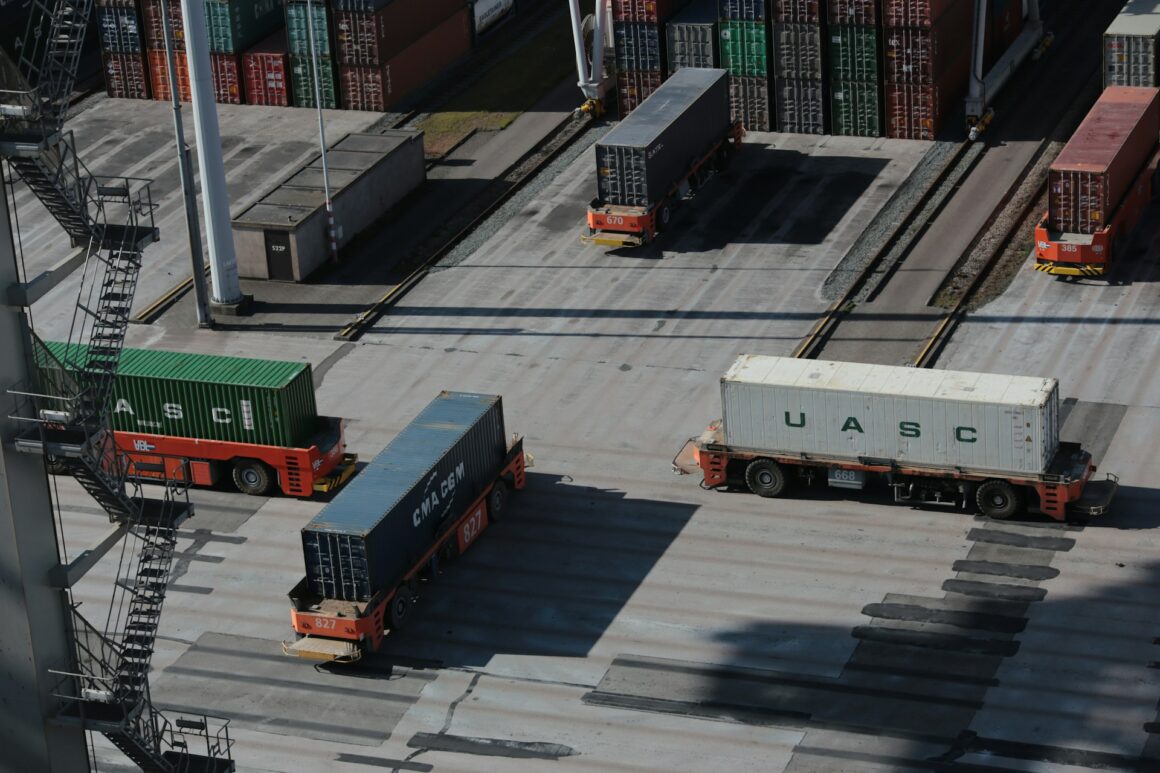In the realm of logistics, transporting perishable goods is a challenge that demands meticulous planning, sophisticated technology, and an unwavering commitment to quality. Cold freight, an essential component of the global supply chain, ensures that everything from fresh produce to pharmaceuticals reaches consumers in perfect condition. This detailed guide delves into the cutting-edge technologies and innovations driving the cold freight industry, ensuring the safe and efficient delivery of temperature-sensitive goods around the world.
Understanding Cold Chain Logistics
Cold chain logistics refers to the process of transporting perishable goods at controlled temperatures to prevent spoilage. This intricate process involves a series of refrigerated production, storage, and distribution activities, along with associated equipment and logistics, which maintain the desired low-temperature range. It is crucial for maintaining the quality and safety of food products, pharmaceuticals, and other temperature-sensitive goods.
The Role of Refrigerated Transport
Central to cold chain logistics is refrigerated transport, which allows for the safe movement of perishable goods across vast distances. This involves a variety of technologies, from insulated shipping containers to sophisticated refrigerated trucks and railcars that maintain precise temperatures. The technology ensures that products such as fresh seafood, dairy products, and delicate pharmaceuticals remain in pristine condition from the point of origin to the destination.
Advanced Cooling Technologies
The evolution of refrigeration technology has significantly enhanced the efficiency and reliability of cold freight. Here are some of the key technologies currently in use:
Cryogenic Cooling
Cryogenic cooling involves the use of liquid nitrogen or carbon dioxide to rapidly reduce the temperature within a shipping container. This method is particularly useful for short trips where traditional refrigeration equipment might be impractical.
Phase Change Materials (PCMs)
PCMs are substances that absorb and release heat during phase transitions (e.g., from solid to liquid). These materials help maintain consistent temperatures within shipping containers, making them ideal for the transport of pharmaceuticals and biologics.
Real-Time Temperature Monitoring
Modern cold freight relies heavily on real-time temperature monitoring systems to ensure the integrity of shipped goods. These systems use wireless sensors to continuously monitor the conditions inside the container and transmit data to stakeholders.

Alerts can be set up to notify the logistics team of any deviations from the set temperature range, allowing for immediate action to mitigate potential damage.
Energy Efficiency in Cold Freight
As environmental concerns become more prominent, the cold freight industry is increasingly focused on improving energy efficiency. Innovations in insulation materials and refrigeration units have led to significant reductions in energy consumption, which not only helps protect the environment but also reduces operational costs for shipping companies.
Sustainable Practices
Adopting more sustainable practices is not just good for the planet—it also resonates with consumers who are increasingly making purchasing decisions based on environmental impact. Many companies are investing in more eco-friendly refrigerants and exploring alternative fuels to power their refrigerated transport fleets.
Regulatory Compliance
Navigating the complex web of international regulations is another critical aspect of cold freight. Regulations may vary significantly from one country to another, encompassing everything from temperature control standards to the handling and transport of hazardous materials. Compliance is not just a legal requirement—it’s also crucial for maintaining the trust and safety of consumers.
Training and Development
Ensuring that all personnel involved in the cold chain are properly trained is vital for maintaining the integrity of the cold freight process. This includes training on the proper handling procedures, emergency protocols, and the use of technology for monitoring and managing shipments.
The Future of Cold Freight
Looking ahead, the future of cold freight is likely to be shaped by advancements in technology, including the use of AI and machine learning to predict and manage the logistical challenges of transporting perishable goods. Additionally, as global trade continues to grow, the demand for more efficient and reliable cold freight solutions will only increase.
Innovations on the Horizon
Emerging technologies such as autonomous vehicles and blockchain are set to revolutionize the cold freight industry. Autonomous vehicles can reduce human error and increase efficiency, while blockchain technology can provide greater transparency and security in the logistics chain.
Final Thoughts
Cold freight is a dynamic field that combines rigorous standards, advanced technology, and continuous innovation to deliver perishable goods safely and efficiently across the globe. As technologies evolve and consumer demands shift, the industry must adapt to maintain its critical role in the global supply chain.

Whether through enhanced cooling technologies, improved energy efficiency, or stricter compliance with international standards, the future of cold freight is geared towards smarter, more sustainable solutions that guarantee the integrity and quality of shipped goods. This commitment not only ensures consumer satisfaction but also supports the health of our global economy and environment.

